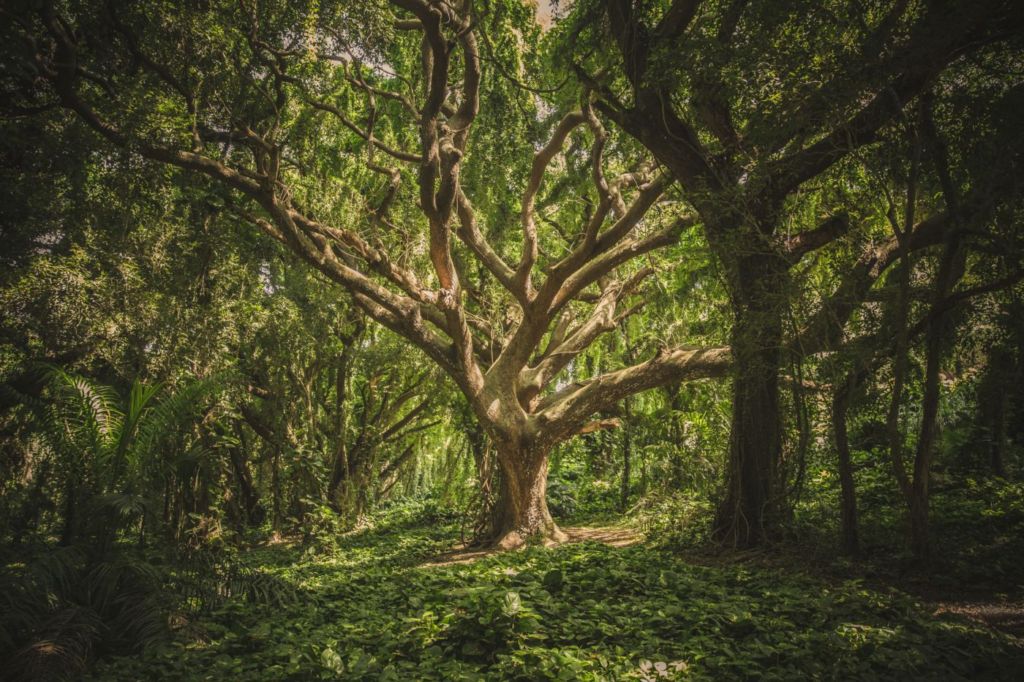
For centuries, Oak has been a staple material in the construction world. But why is this such a great choice for roof trusses and feature trusses? Initially, it was the availability in the woodlands around the UK which made it a go-to choice. Also, vast amounts of timber of a large size can be created from just one Oak tree – so it is perfect for large projects.
A lack of manufacturing processes and synthetic alternatives back in the day left few alternatives. As its use grew more popular, so did the knowledge on the natural strength and durability of Oak, and even to this day, few materials can rival these properties and its sustainability.
Naturally, oak has become a material with a reputation as a premium product, and it can correspond in the price tag. This is more than justifiable when we look at its longevity, other cheaper alternatives simply will not last.
When used properly, Oak may never need replacing, and any structure based on this will outlast any builder or occupant by many years. If you take a look around a historic town, you will find numerous examples of oak framed buildings which are likely to be hundreds of years old.

What are the advantages of using Oak for feature trusses?
Strength – Oak has a natural hardness and strength, making it perfect for a roof truss which carries the most significant amount of weight in a building. The structure of a truss relies on putting tension between the chords, and the sturdiness of Oak can more than resist this.
Durability – Oak is actually one of the most durable hardwoods, only beaten by a few tropical varieties. There are three main impacts which can damage and weaken timber, these are; pests, water, and fire. Oak is resistant to all of these.
Appearance – Oak feature trusses will give a natural and traditional aesthetic to a space. In older buildings, especially ones with existing timber frames, they will compliment especially. The soft, golden hue of oak creates warmth and comfort and allows light to disperse around a room.
Reduced environmental impact – Oak trees, of course, absorb carbon whilst they are alive. When felled, the carbon is trapped in the timber. This factor combined with the careful replanting and sustainable management of oak forests makes oak a great carbon-neutral option. Due to being a natural material, there are no nasty by-products which come from oak timber manufacturing, and it can easily be recycled. Oak’s natural durability also means that it does not require chemical treatment. Lastly, it’s longevity means it will not need replacing, and pretty much no material from the tree is wasted.

